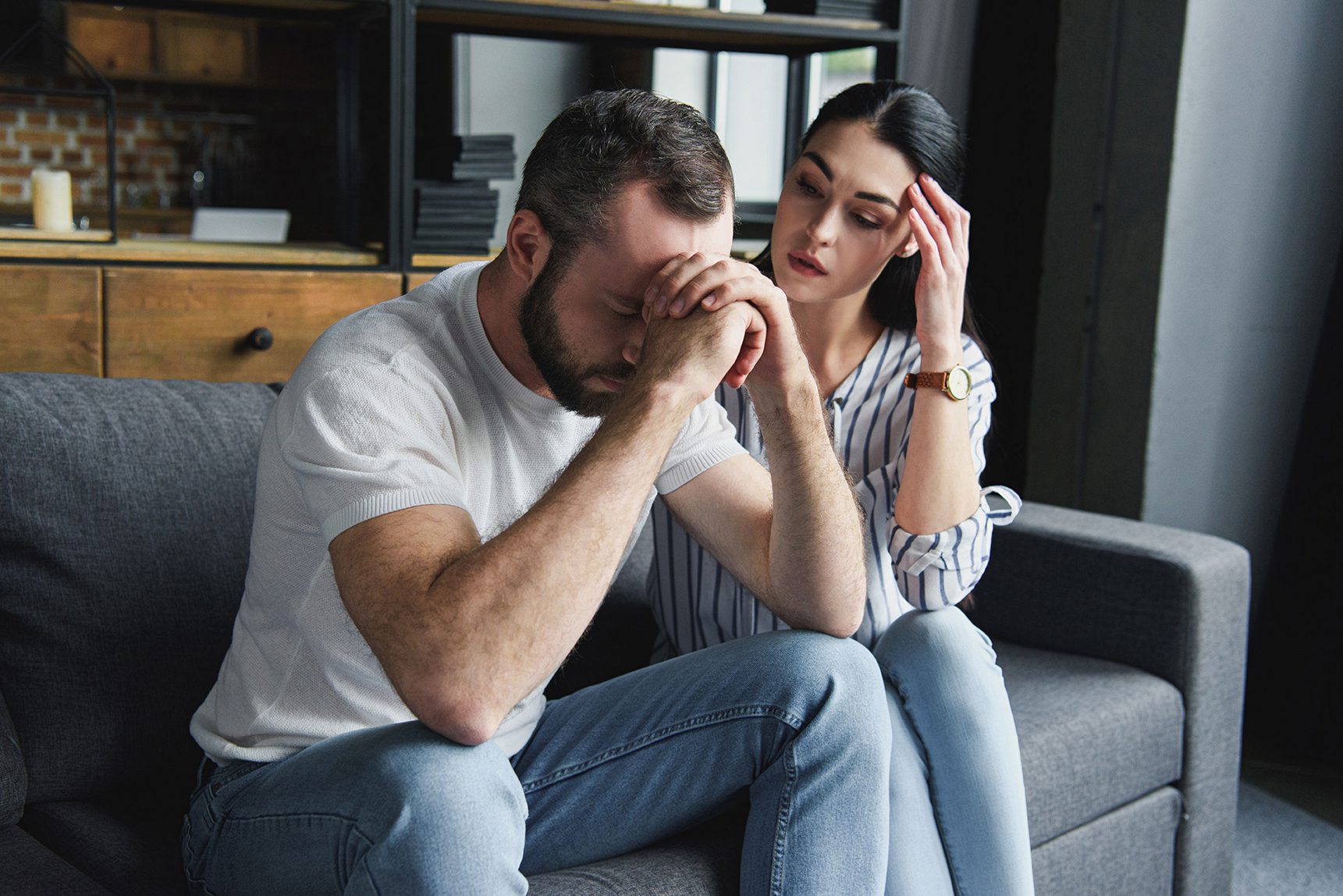I gave a presentation to a local community group last week. At the end, someone in the audience raised their hand and asked, “I keep hearing all this stuff about how lonely we are. Is it really true? And what do we do about it?”
A few days later, The U.S. Department of Health and Human Services released an advisory statement. The headline read: New Surgeon General Advisory Raises Alarm about the Devastating Impact of the Epidemic of Loneliness and Isolation in the United States.
Awareness of the rise in loneliness and isolation in our country is the first step to finding a solution. The next steps are to understand why it’s happening and what to do about it. Let’s break it down.
Why is loneliness increasing in our country? Here are a few potential causes:
1: Children have not received emotional connections from parents and caregivers.
A meta-analysis of decades of research on the average American’s “attachment style” reveals today’s adults are more likely to have an insecure attachment style than a secure one. This means we desire relationships, but we are also fearful of them.
(Konrath, S. H., Chopik, W. J., Hsing, C. K., & O’Brien, E. (2014))
2: Concerns about societal issues create distrust.
One psychologist who dove deep into Americans’ insecure-attachment trend found a list of fears that people may be wrestling with, such as: war in Europe, trends in technology, school shootings in the news, and the national debt. When society feels scary, that fear can seep into your closest relationships.
3: Technology produces fake intimacy.
It’s no secret– technology hinders us from creating deep emotional connections. There’s a large body of research revealing the impact of technology on relationships. Staying up-to-date with someone on social media is not the same as having them over for dinner or being a regular part of their life. Technology helps us form digital communities that can hinder us from forming more tangible relationships.
Faith Hill, a reporter and contributor to The Atlantic draws this conclusion in her recent article America’s Intimacy Problem: “All in all, we can’t determine why people are putting up walls, growing further and further away from one another… The good news is that if humans have the capacity to lose trust in one another, they can also work to build it back up.”
What do we do to build connection and trust back up?
Here are a few potential solutions suggested by the Surgeon General and mental health experts alike:
1: Create and use more community spaces.
Playgrounds, libraries, and community centers provide opportunities for human interaction and connection for children and adults. Creating these spaces is half the battle. To experience connection and reverse isolation, we must be willing to use them in our everyday lives.
2: Use connection as a healing remedy.
Because loneliness and isolation are risk factors for several major health conditions, healthcare professionals are well-positioned to assess their patients’ loneliness and isolation and suggest connection and relationship-building remedies.
3: Enable public policies that ensure connection.
At every level, the government can play a role in creating more avenues for connection. Increasing free and easy access to public transportation and providing family leave are a few ways to discourage loneliness and isolation from a systemic level.
4: Consistently gauge your use of technology.
Only you can prevent fake intimacy from forming in your relationships. How often are you “liking” a picture rather than inviting a friend to coffee? Or scrolling on your phone rather than having a conversation with your spouse?
At its core, the loneliness epidemic has one cure: deep, meaningful relationships. While this ideal has many obstacles, prioritizing relationships is the first step forward.
Lauren Hall is the President and CEO of First Things First and can be contacted at [email protected].
Photo by Alex Ivashenko on Unsplash









Thoughts? Leave a Comment